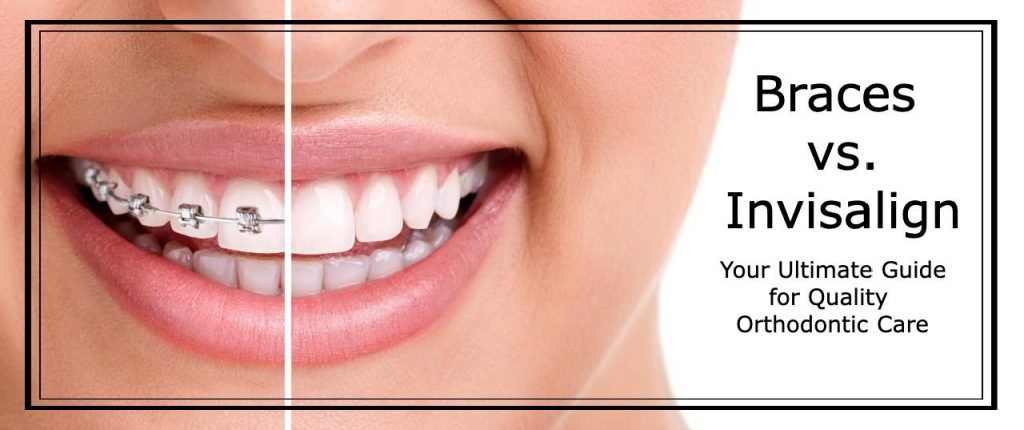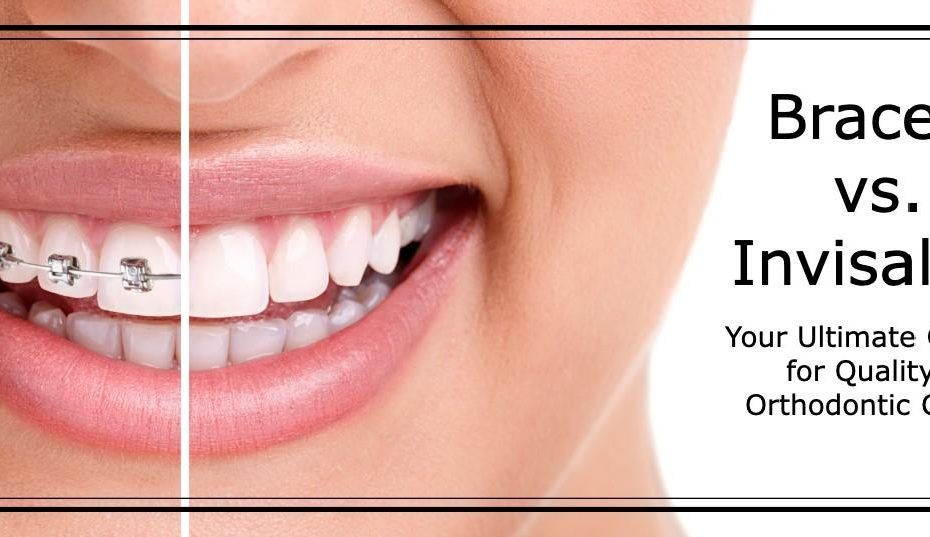
When it comes to teeth-straightening products, you have plenty of options. However, there are two popular orthodontic treatments that many patients still have a hard time choosing between. Check out regal slim reviews.
Both have similar pricing, and both have unique features that often work best for certain scenarios. This means that there is no one treatment plan that necessarily works better or worse – it solely depends on the patient and situation.
So, which teeth-straightening treatment is right for you? Invisalign or braces?
Here’s a guide to help you decide.
The Advantages and Disadvantages of Braces
Traditional braces have advanced greatly over the years, and they have some advantages that cannot be ignored.
For example, braces are suitable for all treatments. Whether you have facial issues or multiple dental problems, branches can help with each problem to result in a great smile. Because braces force teeth to move into a desired position, it’s possible to achieve the perfect result.
These days, braces are not just your common metal bracket and wire. You have ceramic and lingual braces to choose from that give you the power of traditional style braces.
As with all products, there are some disadvantages of braces to consider. The biggest drawback for most is the aesthetics – they’re self-conscious of their appearance with a mouth full of metal. Other complaints include brushing and flossing teeth properly and being restricted to certain foods so that they do not break a wire or bracket.
The Advantages and Disadvantages of Invisalign
Invisalign is not a new teeth-straightening treatment – it has 20 years behind it!
With all the research behind Invisalign, one of the greatest advantages among users is that the product is virtually invisible. For best results with Invisalign, orthodontists often ask that patients wear them 20 to 22 hours each day. This means you don’t have to follow a special diet to avoid discomfort – you can take them off while eating! Additionally, it’s easier to brush and floss your teeth with Invisalign.
Much like traditional braces, any product that forces your teeth to move is going to cause some level of discomfort. However, patients who use Invisalign report having less gum irritation and mouth problems like cuts on the cheek.
The downfall of Invisalign is that the patient must be disciplined. After eating and brushing, it’s vital that you put the aligners back in your mouth. For these aligners to work properly, they must be in your mouth 20 to 22 hours a day. Another disadvantage to Invisalign when compared to braces is the effectiveness. There are certain circumstances where Invisalign may not give you the desired results.
Conclusion
There are several aspects to consider when looking for teeth-straightening products. It’s best to be completely informed of each product and know what the advantages and disadvantages are compared to your unique situation.
Invisalign aligners are comfortable and more attractive than braces, but without discipline, the effectiveness is tampered with. Braces are often the best option for patients with severe problems and for those who want a faster treatment time.
